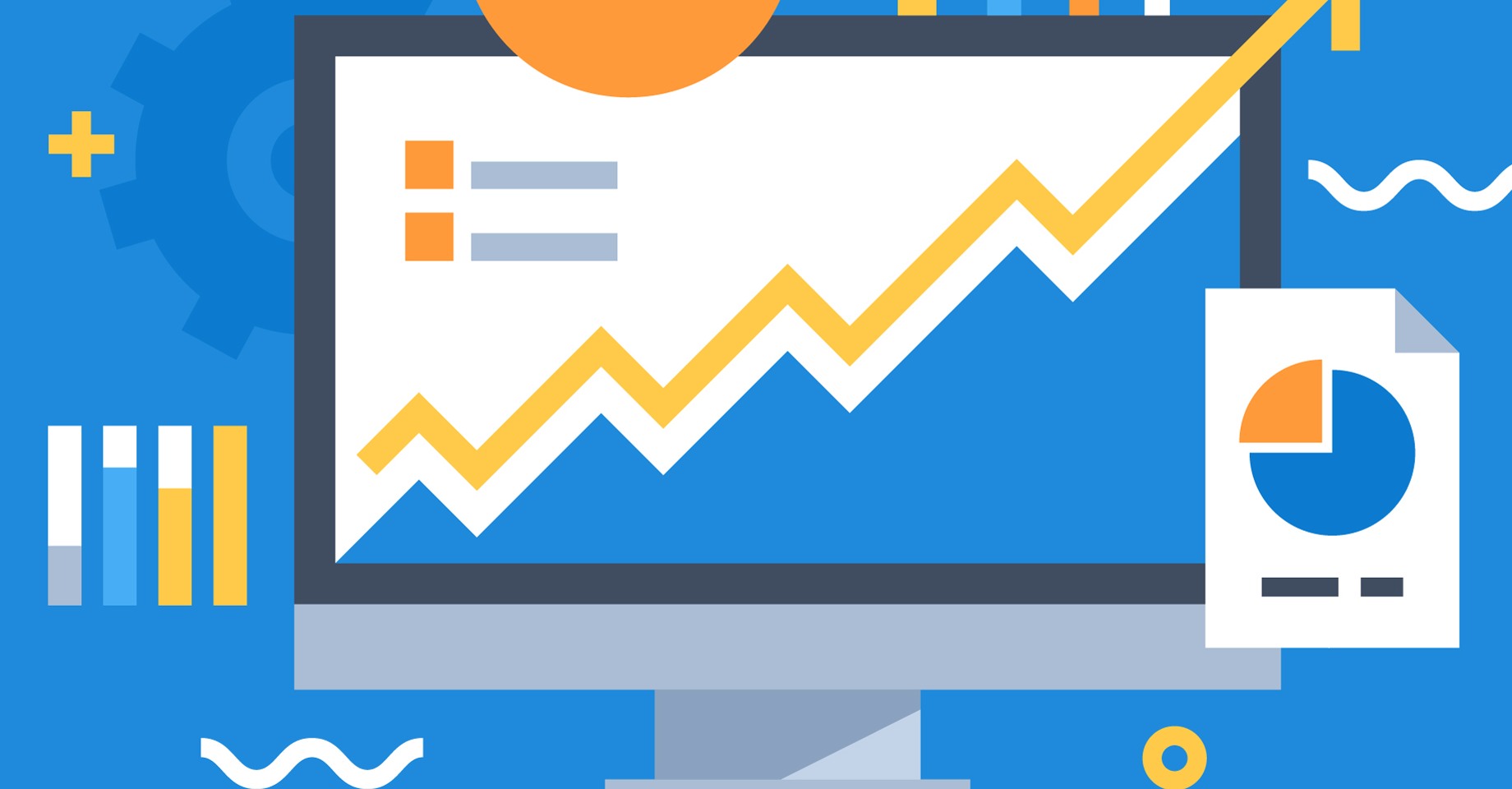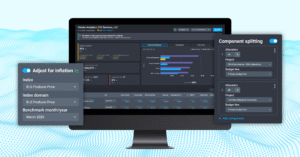When many Americans get home at the end of the day, they unlock their front door with a cell phone and turn on the house lights with their voice. Air conditioners switch on instantly, home assistants play music and the ovens begin heating up for dinner, all without touching a button. It’s all made possible through automation.
Technology has substantially changed daily life, and now, the same technology is changing corporate life, too. Goldman Sachs has predicted that automation will impact 300 million jobs and grow global GDP by 7%. In the commercial real estate industry, the early effects of automation are already becoming evident—and no CRE professional has more to gain than real estate developers. Automation is transforming real estate development at every stage of the process, from the initial strategy through development, delivery, stabilization and exit.
Here’s a look at how automation is emerging at each step of the development cycle, and how developers are benefitting from it.
Investment Strategy
Curating a successful investment strategy requires analyzing a tremendous amount of data and market metrics to understand demand trends and pinpoint profitable opportunities. Traditionally, this has been done manually, by researching and obtaining pertinent information, organizing the information and then reviewing it in context to make a decision. It is a painstaking and time-consuming process.
Today, automated data processing can source and analyze data effortlessly and deliver valuable information and strategic guidance to a developer. Tools like predictive analytics can estimate the outcome of a project. Automation can analyze big data fields—more than any individual could—in a condensed timeline, not only eliminating the task but also providing deeper market insights.
In addition, developers can fine-tune the algorithm to deliver results specific to their investment objectives and goals. By using automation, companies can make more informed investment decisions and ultimately gain a competitive advantage and stronger return profiles.
Ground-Up Development
Ground-up real estate development is a complex and high-risk endeavor. Directing much of the process, project managers are tasked with hiring and coordinating third party partners and vendors; managing contracts, invoices and payments; and creating budgets, financial projections and construction and delivery schedules. Category creators like Northspyre have developed a new technology tailored to address project management by automating the most time consuming and tedious tasks and compiling all of the information in a single command center to give project managers a 360-degree view of the development.
Through this technology, project managers have more time to focus on important and skilled tasks, improve accuracy by reducing human errors in budgeting, invoicing and contract management, and gain better and more informed insights into a project. At Northspyre, project managers see the benefits on the bottom line, with a 6% reduction in project budget and a 66% reduction in overages.
Construction Site
The construction industry is among the leading adopters of autonomous technologies. In a survey conducted earlier this year by Hexagon, 84% of general construction firms are incorporating autonomous technologies today. About half of the technologies used by general contractors today are partially or conditionally autonomous, meaning that they require initial human input before automating a task, and one third of programs are fully autonomous, meaning they can operate without human intervention.
There are numerous applications for automation throughout the construction process. A contractor, for example, can use drones to map a development site, do inspections and gather site information. Building information modeling is another example. The program uses laser scans to ensure the built product aligns with design plans. Robotics are also able to operate equipment and machinery, track materials on a job site and move them throughout a job site. Often, robotics are able to replace humans on dangerous tasks or tedious, low-skill tasks while increasing productivity. Perhaps the biggest benefit in today’s market, robotics and automation are addressing labor shortages in the construction industry, which have driven up construction costs and expanded project timelines.
Property Management
Commercial real estate developers might focus on building, but at the end of a project, developers also become owners, overseeing asset operations through early stabilization. This is an often-overlooked aspect of a ground-up real estate development, but it is an important one. Poor property management could slow leasing velocity or cause the developer to fail to capture pro forma rents, risking profitability and returns. By automating property management, developers can improve operations without overspending on property management staff.
There are several applications of automation in property management. Property managers can automate tenant interactions with AI-powered assistants that can schedule maintenance requests, answer simple questions and manage deliveries and shipments. Automation is also transforming the tenant leasing process. Again, AI-powered assistants are on hand to automate tour schedules and handle preliminary leases, while automated features like keyless entry can open up units for prospective tenants in place of in-person tours.
Acquisition and Disposition
A developer doesn’t complete a project when the doors open and the lights come on; you complete a project when the property has sold. Estimating the sale of a new construction asset is always challenging, but automation is simplifying the process. Automated valuation models (AVMs), to start, are delivering more accurate pricing information, tracked routinely to give owners timely information on pricing and value. With AVMs, developers can set realistic expectations on pricing and track pricing trends to meet proforma objectives.
Automated models, however, extend far beyond delivering valuation information. Automation can also help a developer’s brokerage team better market an asset by pinpointing the appropriate investment groups for the property, and automated data modeling can help brokers better tell the property’s story and investment upside to better appeal to buyers.
Commercial real estate development is a complicated process, but automation is helping developers better source information and eliminate the most time-consuming and low-value tasks. As a result, developers can make more informed decisions and dedicate time and resources to the tasks and decisions that will truly enhance the outcome of a project.
From platforms like Northspyre that help developers streamline ground-up development during construction to automating construction sites and leasing strategy, automation is truly transforming development processes at every stage of construction.
Discover how your firm can leverage Northspyre’s latest automation, data analytics, and artificial intelligence tools to de-risk and improve your project delivery in today’s market. Watch the recording of our 2024 Special Event to learn about Northspyre AI, enhanced scheduling & collaboration, new integrations, and more!



